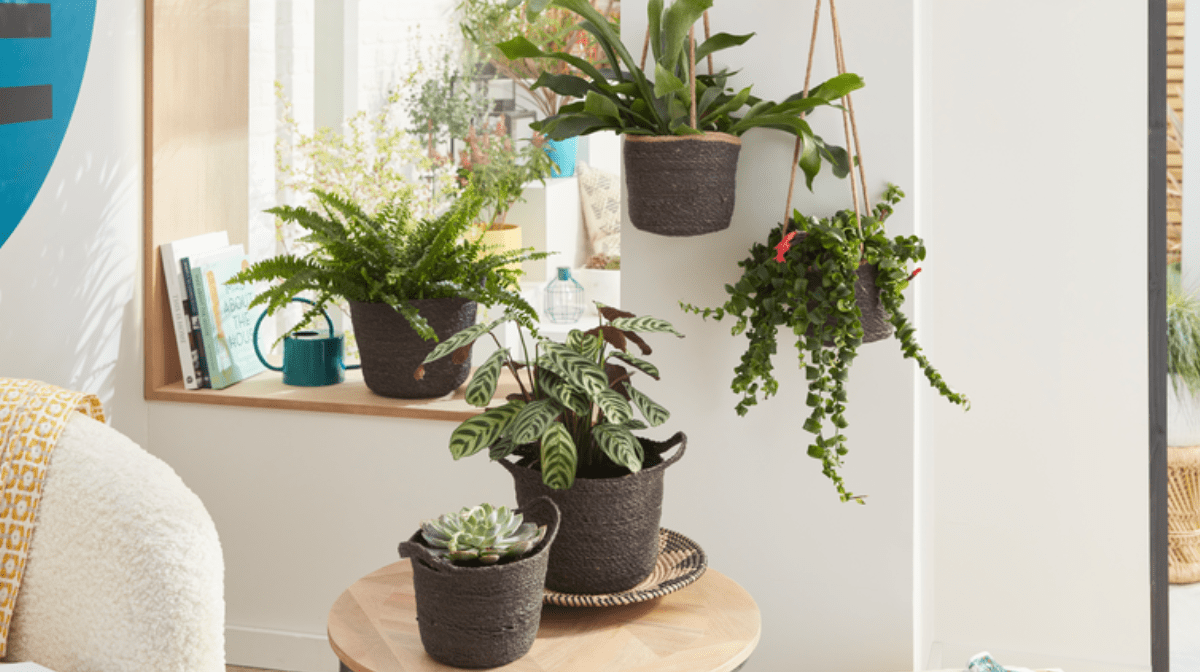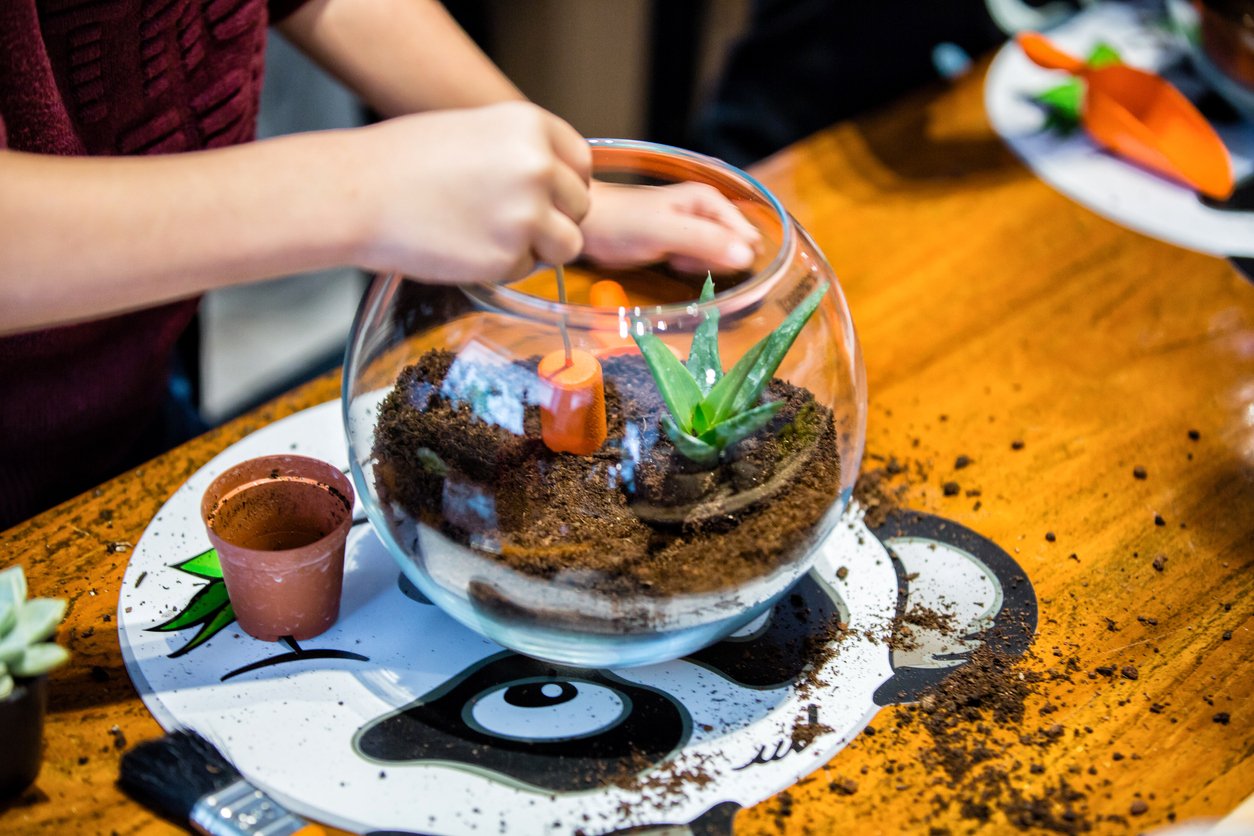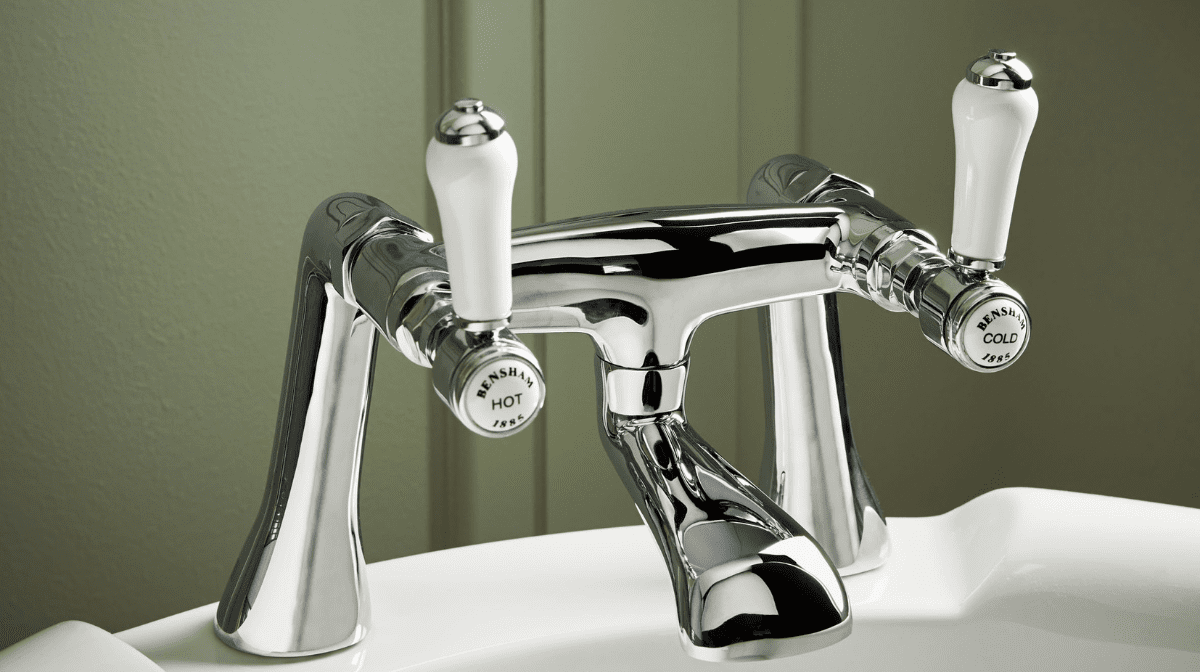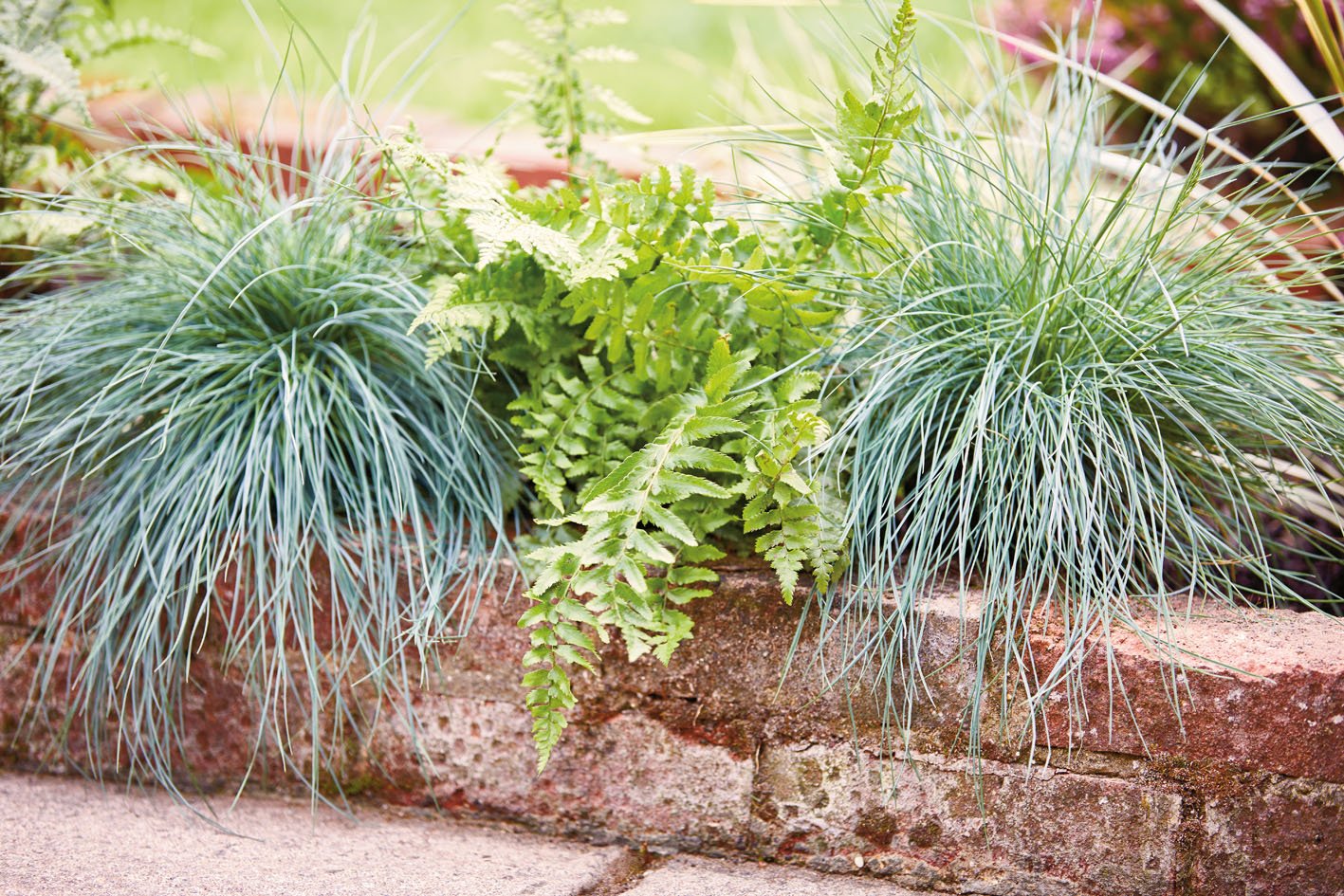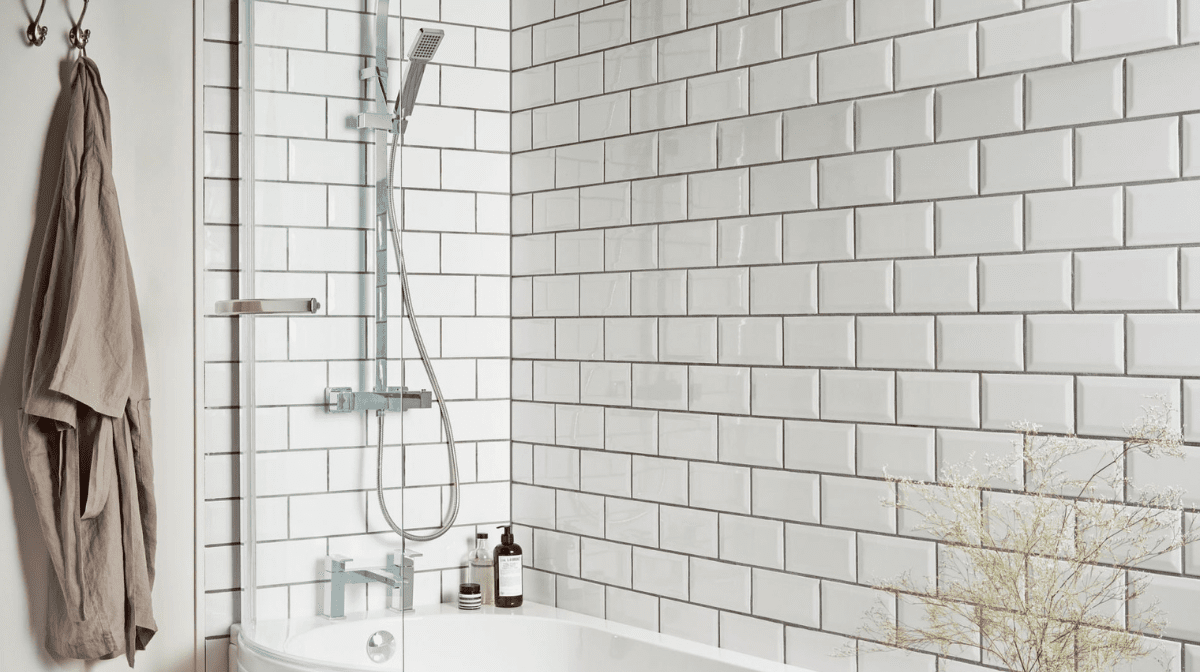How to Look After House Plants
1. Look for Warning signs
There are a few things to look out for if you think that your house plants might need some TLC.
Typically, losing leaves or leaves turning yellow is a sign of poor drainage, too little light or not enough water. Similarly, leaves turning a pale colour probably means that your houseplant needs to be moved to a brighter spot. Yellow leaves can also mean you have a pest problem.
If you notice any of these warning signs, work through the following house plant care steps and your plants should be thriving again in no time.
2. Plant placement
It’s important to take lighting and humidity into consideration when finding a home for your house plant, as different plants have different needs. Most indoor plants are happiest in a well-lit, draught-free environment with reasonable humidity.
However, there is some variation. Flowering plants and plants with variegated leaves prefer a lighter spot compared to plants with green foliage, while ferns are good house plants for dark rooms.
If you notice poor growth, variegated leaves turning green or no flowers on a flowering plant, move your houseplant to a lighter spot to encourage healthier growth.
What is the best house plant for a dark room?
Whether you live in a ground floor flat or a period cottage, not every home has a surplus of natural light streaming in through the windows. Luckily, there are plenty of plants that thrive in shadier conditions.
Begonias have wonderfully eye-catching leaves and require only a little light. Boston ferns are also happy with relatively low light levels and ivy is a hardy option if you’re looking for a trailing plant.
Top tip: Introduce a little greenery to every room with our guide to the best house plants for your bathroom.
3. Choose the Right House Plant Potting Mix
Using the best house plant compost for your type of plant will ensure that it gets the nutrients and proper drainage it requires to thrive.
There are specific potting mixes for Mediterranean and citrus plants, succulents and cacti, and orchids, so make sure that you’re using the best option for your house plant.
